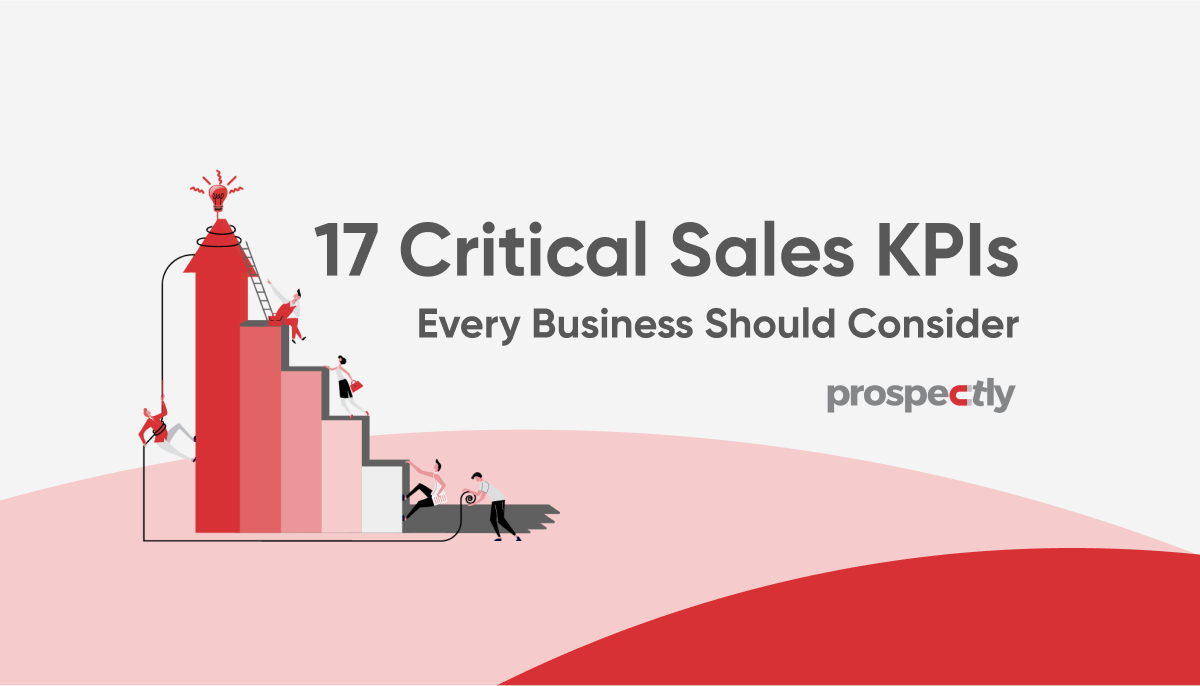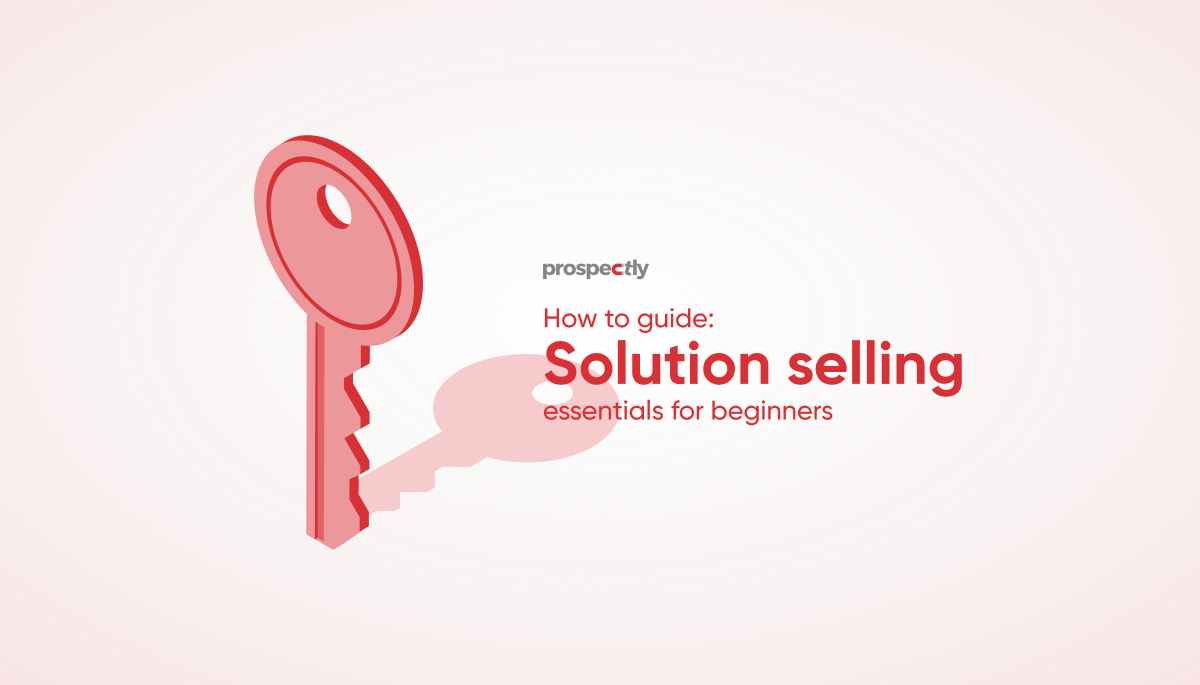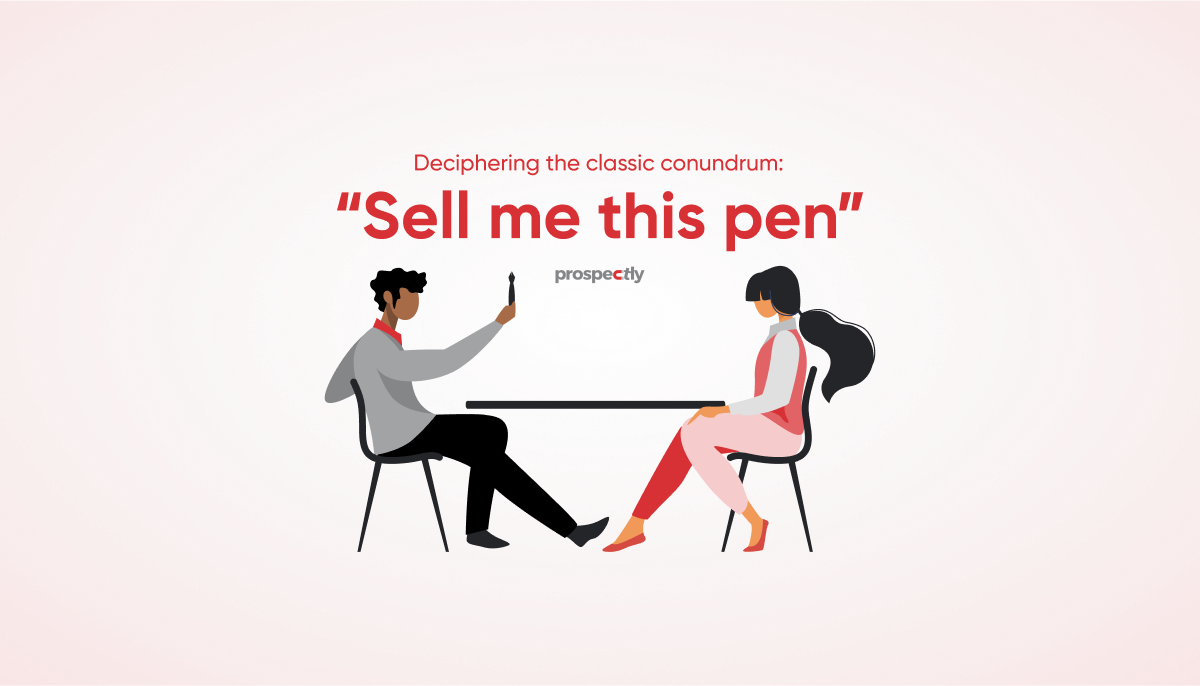How to build a failure-proof sales funnel to win customers
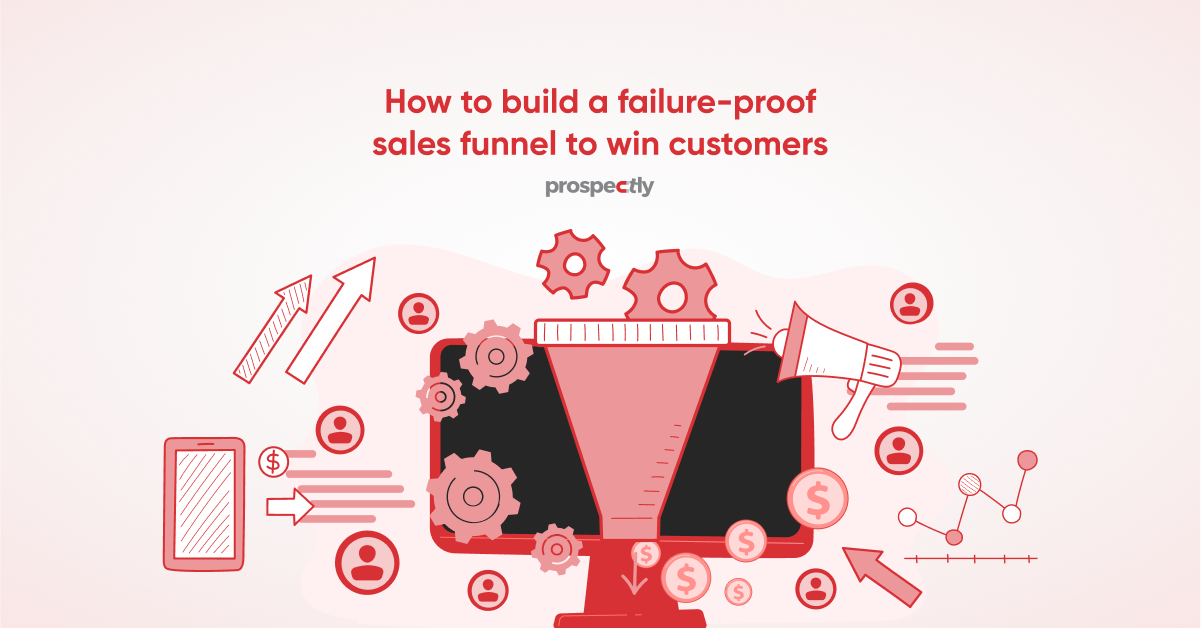
You’ve heard about the marketing funnel, ads funnel, sales funnel, and many more funnels. Do these funnels still work to boost your sales? Or they’re dead. Is there a new sales system to help you scale up your business? In this master guide, you’ll get all the answers about the sales funnel, why it’s vital for your business, and how you can build a robust sales process.
Let’s dive into the sales funnel definition to help you appreciate what this sales system is all about.
What is a sales funnel?
A sales funnel is a customer’s journey to purchase your products or service.
You can also think about the sales funnel as a way to turn a curious buyer into a returning customer. It walks the customer through a series of steps to build the know, like, and trust factor until they decide to buy your product, program, or course.
That’s a mouthful, and it may seem like a super overwhelming exercise. But it’s fun and simple.
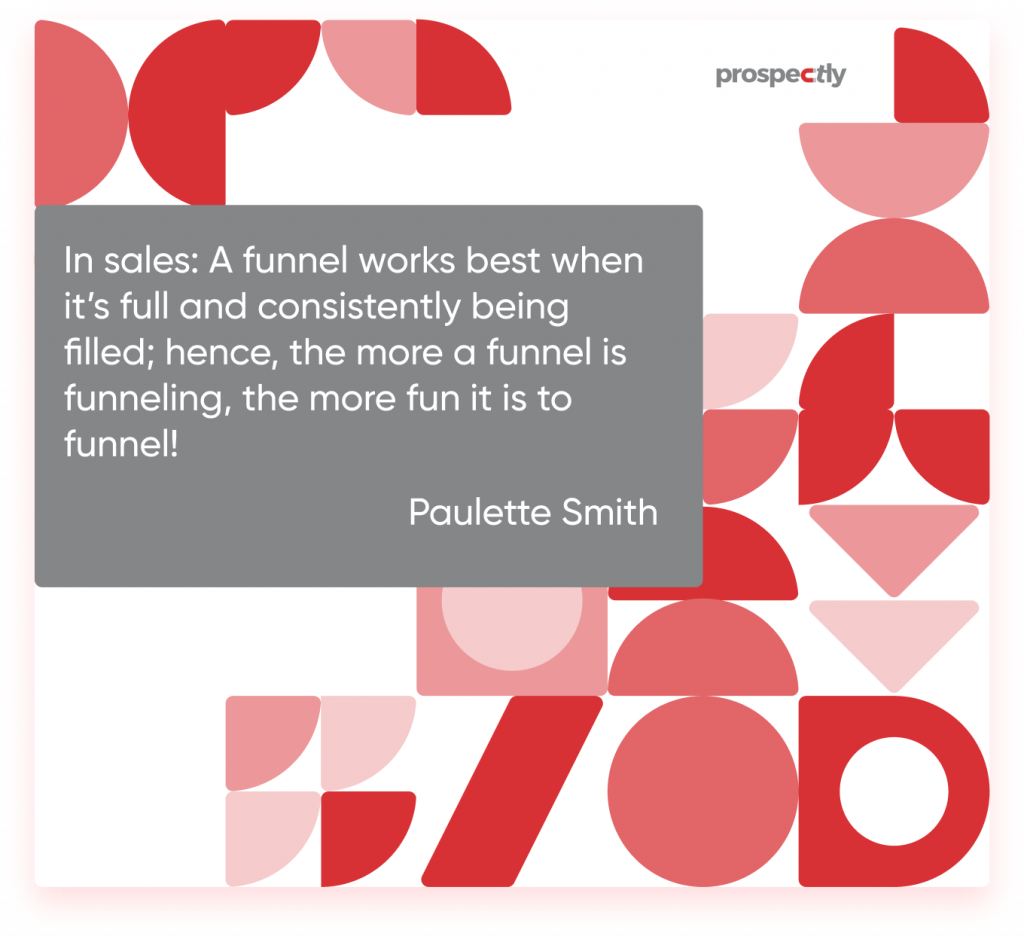
Is the sales funnel relevant in the sales cycle?
Read the following life-changing story to discover if the sales funnel can help your business boost revenue.
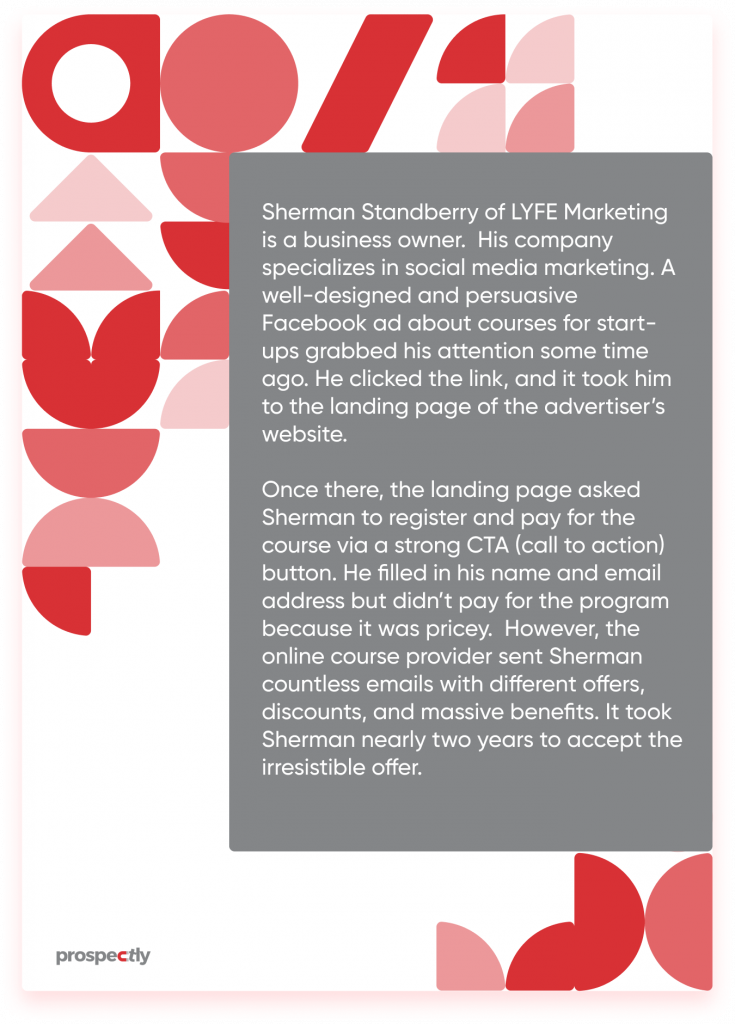
Is the sales funnel necessary? Yes. The online course provider had a sales funnel that guided Sherman in clear steps until he became a client.
Kara Cahill is an Instagram Sales Specialist and Online Marketing Strategist. In her podcast ‘The Virtual Visionary Podcast’-How to convert your audience with a sales funnel-she says a sales funnel guides your customers strategically and adds clarity to a buyer’s journey.
It’d have been impossible to convert Sherman into a buyer without a clear sales funnel. And Sherman ended up talking about the company on his YouTube channel because he liked its service. He was now an advocate of the online course.
Wondering how you can build and make your sales funnel rock? Dig in and enjoy!
Your business is interested in one primary thing: sales. And yet some companies don’t have a clearly defined process to double revenue due to lack of a sales funnel. Those companies with a well-planned sales system can increase their income.
One study says businesses with a well-defined buying process are 62% more likely to have a good sale (via Khrisdigital.com).
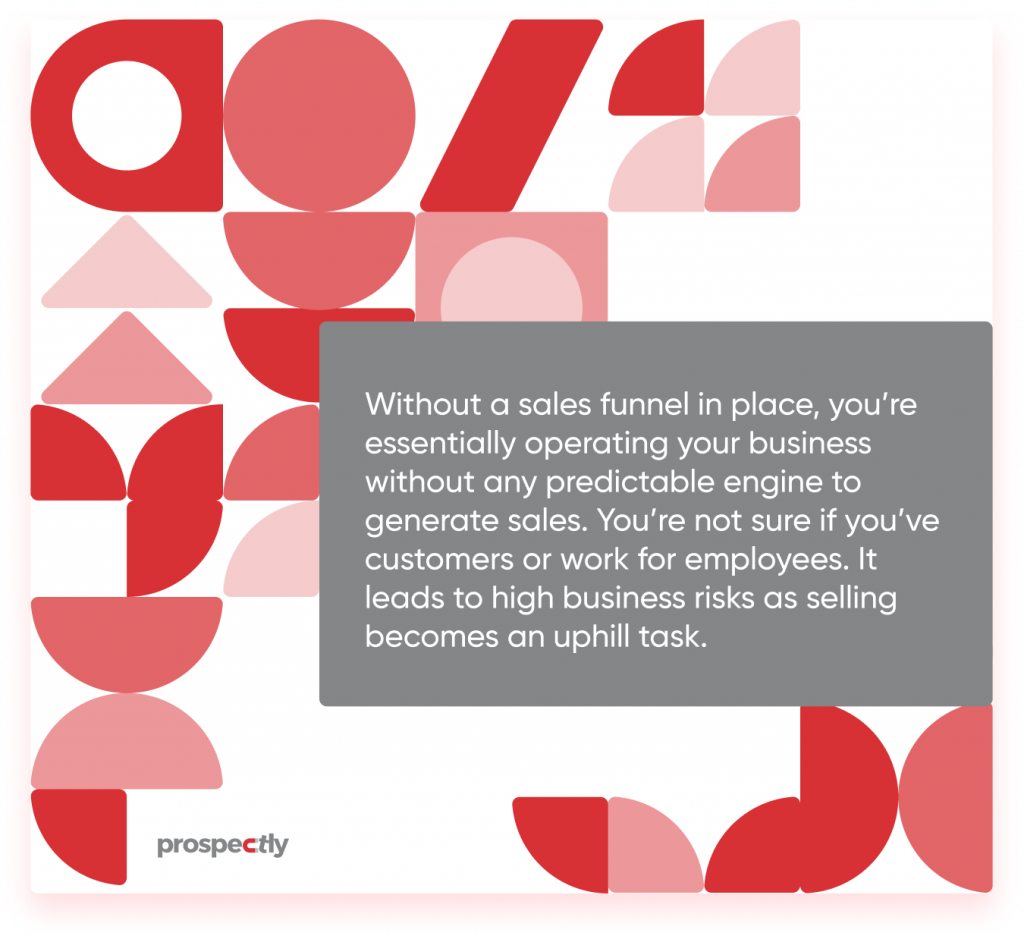
Why are sales funnels important?
Leads customers through clear steps
Remember you want sales. And to obtain high revenue and reasonable profits, you need to direct your potential buyers to perform specific actions.
A sales funnel can channel your customers through a sequence of steps in a specific order. It guides your new leads. Likely buyers can be confused and overwhelmed when you leave them on their own.
Builds the know, like, and trust factor
Today’s customers are tech-savvy and tend to value relationships more than the products they buy. Because of this, trust is a significant factor in sales. A sales funnel comes in handy in building trust when you provide resources to improve their lives.
Provides customer insights
A sales funnel reveals some insights about your customers as you study their buying behavior during the sales process. You get to understand their actions and thoughts at each stage of their journey. As a result, you can personalize messages and use proper marketing channels to engage them.
Now that you’re clear on the importance of a sales funnel, let’s dig more into the stages.
What are the sales funnel stages?
So, it’s called a sales funnel. Why? Because it stole its shape from a funnel-wide at the top and narrow at the bottom.
What’s the logic? The sales funnel is broad at the top because of the higher number of people initially interested in your product/service. But as you move down the sales funnel, the numbers get smaller and smaller.
That’s why the middle of the funnel is narrow. Not everyone you encourage to enter the sales process will buy your product/service. The fewer closures than the number of interested prospects lead to a thinner funnel bottom.
With this in mind, your sales funnel may look like this.
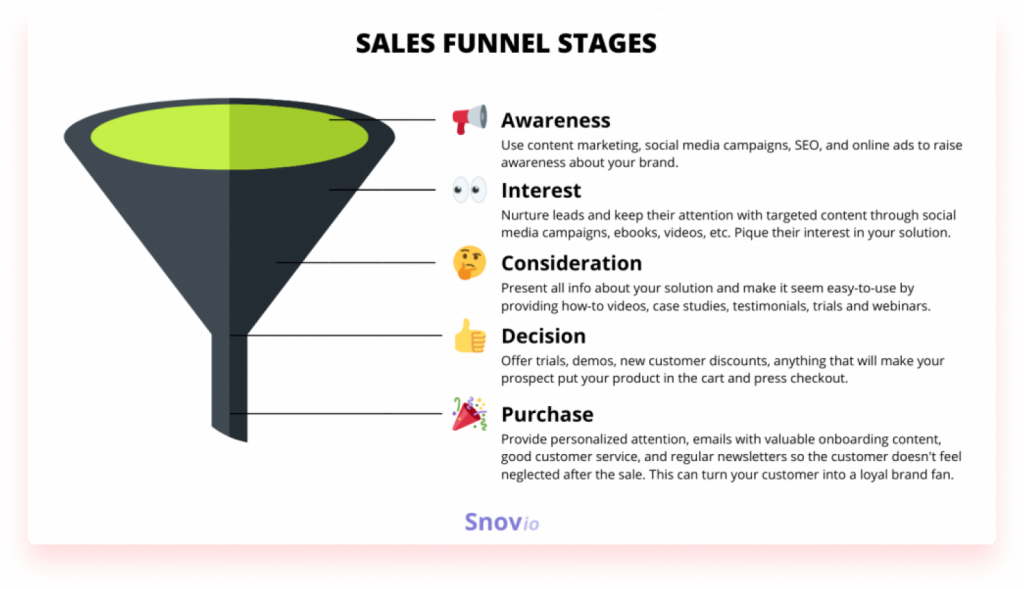
These are the five stages of your sales funnel.
1. Awareness
Your sales funnel is based on the assumption that people aren’t aware of your specific offering. For instance, an individual who needs dark chocolate might not know that the local grocery store supplies his/her favorite brand.
You can look for this person and many others by raising awareness about your product, company, and more. And you can do this at the top of the sales funnel (ToFu) through:
- Content marketing, blogging about your products & their benefits
- Online ads
- Social media campaigns
- SEO and local SEO, e.g., Google My Business
2. Interest
Always remember that people have plenty of things that compete for their attention. As a chocolate supplier, you need to captivate your audience about your products. You could:
- Share historical facts, inspiring stories, or anything unique that improves customers’ lives.
- Create YouTube videos showing customers how to use your product
- Emphasize products benefits to help buyers solve their pain points
3. Consideration
It may take time for customers to consider your business. As a result, you need to continue interacting with them. You can use the ideas below to strengthen your case at the middle of the sales funnel (MoFu).
- Invite them to webinars
- Share testimonials and case studies from your top customers
4. Decision
You’re now at the bottom of the sales funnel (BoFu). It’s narrower because many people who appeared interested in your chocolates have left the sales process. You remain with a few potential customers whom you can persuade by offering:
- Customer discounts
- Free trials if it’s subscription-based
- Demos if applicable to your product
5. Purchase/advocacy/follow-up
You’ve people who’ve bought your product/service at this stage. And it’s not the end of the story because you should continue engaging with them. It’ll help you sell more products through upselling or customer referrals.
You can:
- Thank them for buying from your business via an automated email campaign
- Create consistent newsletters
- Offer excellent customer service, for example, responding to complaints & queries pronto
- Devise reward-based and engaging challenges
- Offer customer loyalty programs
Of course, the sales process looks linear when you look at the sale funnel. It suggests that all customers are the same, so they’ll start at the awareness stage. The sales funnel ignores that some customers may right away buy your chocolate without the need for many touchpoints.
But the sales funnel remains a valuable tool to map out your buying process. Some sales experts suggest looking at the same thing via a flywheel.
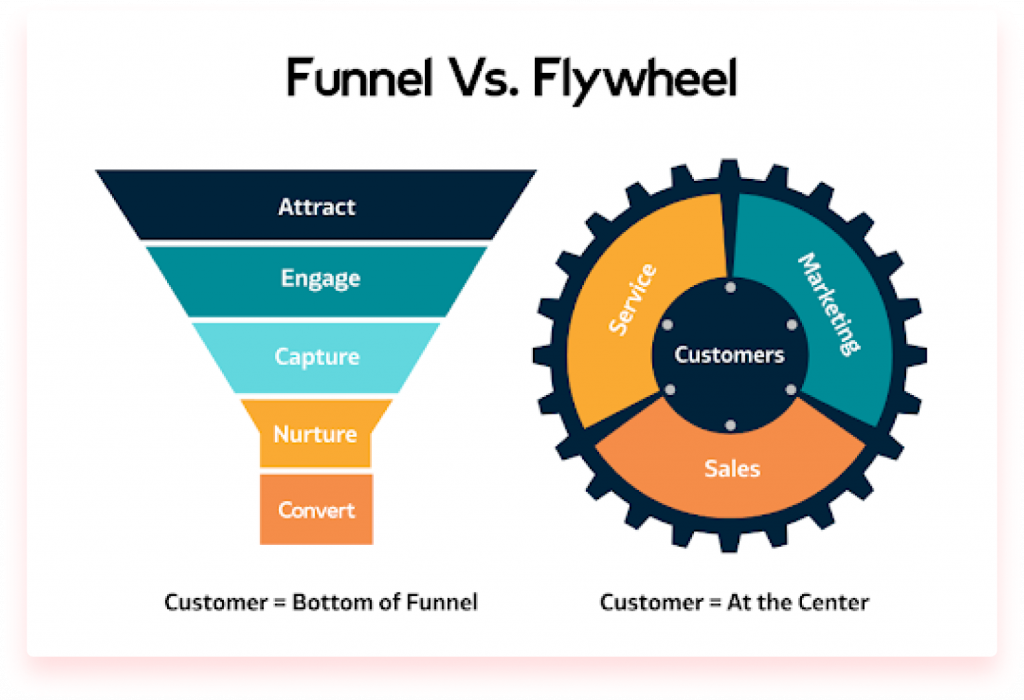
One similarity between the two sales systems is that they’re tools for converting leads into buyers. However, the sales funnel tries to push the customer down the channel. As a result, your business does most of the work in the process.
On the other hand, the flywheel puts the client at the center of the marketing activities. You zero in your efforts on making the customer satisfied and happy. It’s more relationship-based and leaves the buyer to decide without pressure.
But our focus in this guide is on the sales funnel. Let’s dive into some sales funnel examples to give you brilliant ideas from the real world.
Sales funnel templates
You can use a sales funnel to channel prospects into buying customers. But how do sales funnels work? The following templates will inspire your business to build its successful sales funnel.
Mailchimp
Mailchimp is one of the most go-to companies for email marketing service and marketing automation. Businesses of all sizes can build and run marketing campaigns and manage email lists.
The company markets itself as a freemium email marketing platform. And that’s why it has over 11 million active users.
Mailchimp Sales Funnel
Its homepage functions as the first stage of the sales funnel. And there’s a clear message packed with potent benefits: “Get down to business and grow sales.”
And there’s a sign-up button and a link to compare plans. They’re not wasting time because the CTA is concise and specific.
Mailchimp creates awareness through blogging, word of mouth and obtains traffic via emails and content creation.
The pricing page shows you different subscription plans with their benefits. And the company also offers a complimentary program with multi-channel tools that you can use indefinitely. It’s an irresistible offer.
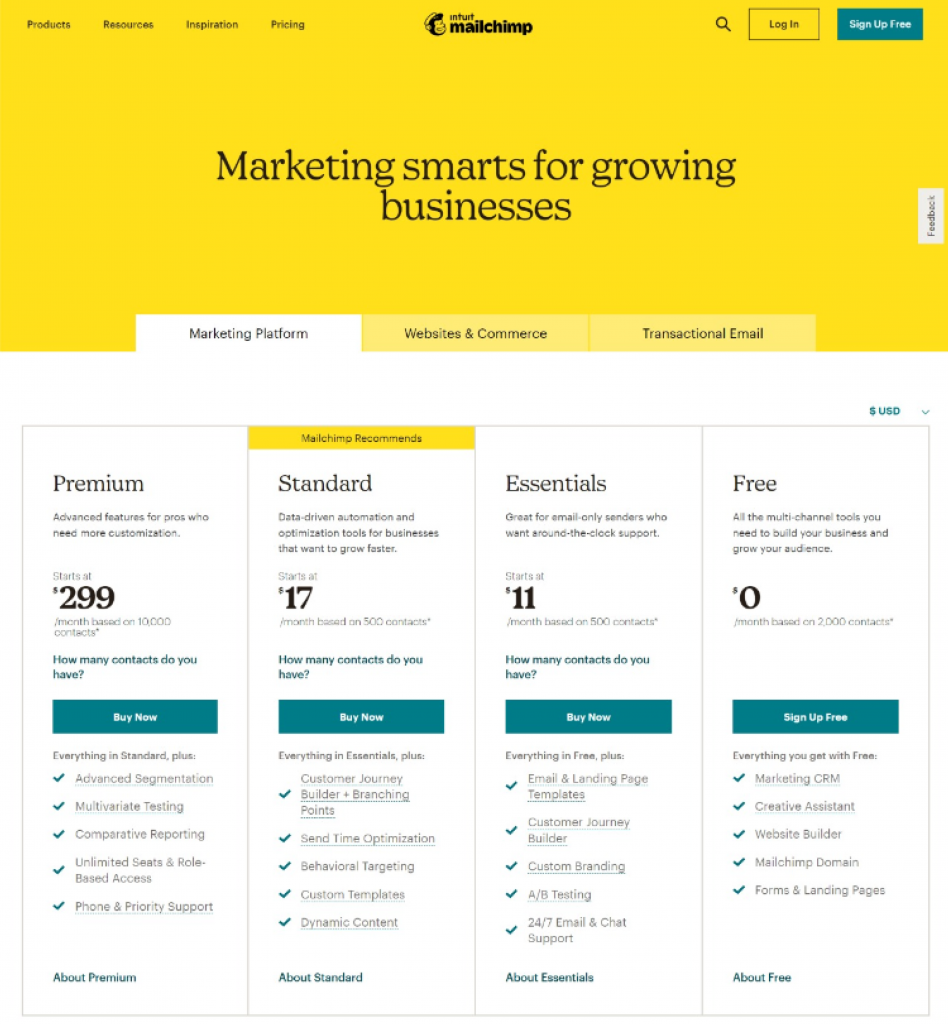
Mailchimp knows you’ll be an advocate for its free service.
Leadpages
It’s one of the leading companies that help businesses build landing pages for their sales funnels. Leadpages has over 40 000 active users.
Leadpages sales funnel
Leadpages’ homepage displays the product tutorial, giving you an instant idea of how it can benefit your business. Additionally, it offers an enticing free trial offer.
Leadpages has a powerful message on the homepage: “Turn Clicks into Customers.” Like most companies, the free trials help Leadpages in generating leads. Its homepage also highlights its value proposition – ‘Turn Clicks into Customers.’
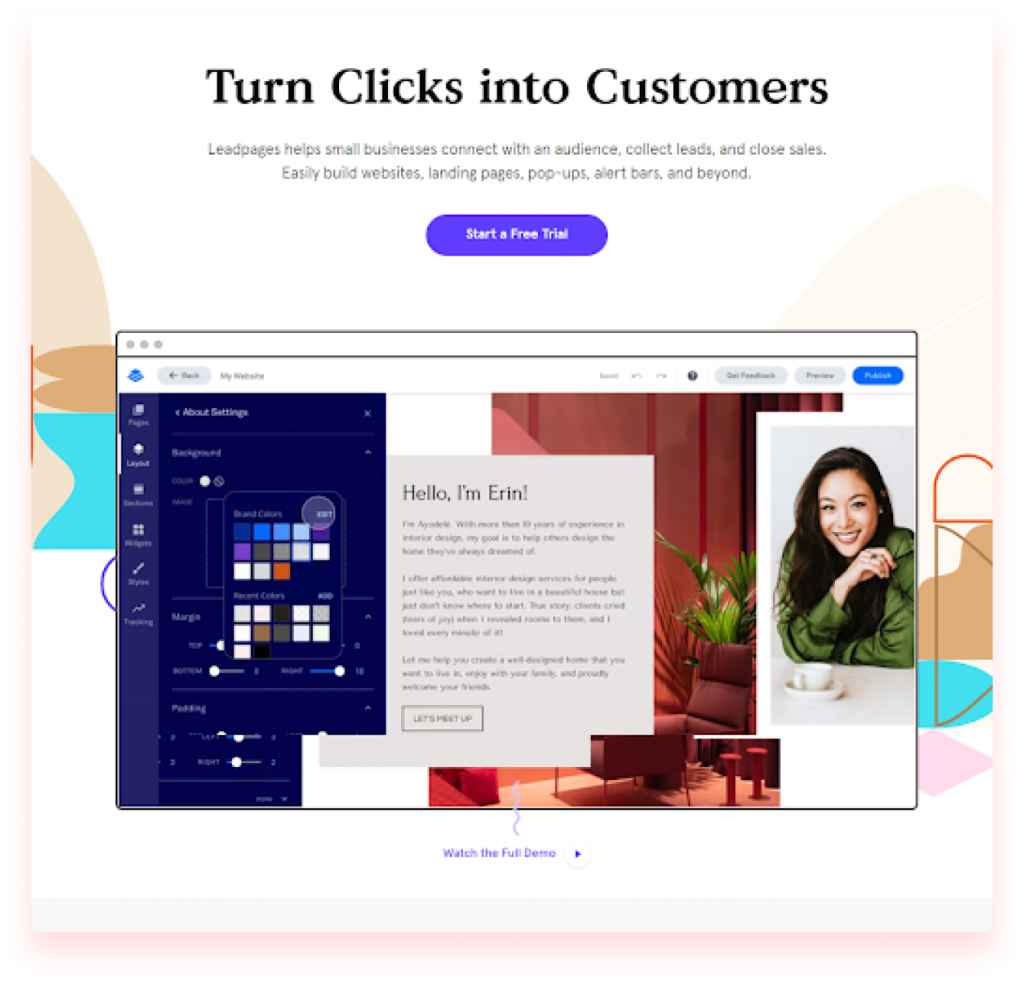
The company creates content on its blog to make potential customers aware of its products. It’s the first step of the sales funnel.
Its pricing page provides you with two price ranges, including monthly and yearly subscriptions. You’ve got a standard and a pro payment plan.
Here are the takeaways:
- Mailchimp and Leadpages have sales funnels but use them differently.
- Leadpages has a video to educate potential customers on its homepage. Also, it relies on free trial offers to generate leads.
- Mailchimp offers an endless free trial that helps attract more users through word-of-mouth. The homepage has a link to payment plans.
From these two sale funnel examples, you can use the below strategies to build a sales funnel to increase sales.
How to create a sales funnel to double sales?
Consider your customers’ journey
Understanding your customers’ buying process is the first step in building a failure-proof sales funnel. Are they interested in your product/service? What possible objections do the prospects have? How much time does it take for your likely buyers to overcome those obstacles?
You can use regular-pulse surveys to learn more about your potential customers. The feedback helps you understand what’s going on in your customer’s mind at every stage of the sales funnel.
Mapping
Your sales funnel leads your potential customers through specific steps until they purchase your products/service. Because of this, you need a tool to map out every step of your sales process.
You can use a pen and paper. But you’re better off with a tech tool, like Funnelytics. The software lets you map out landing pages, emails, sales pages, ads, upsells, and more.
Create landing pages
You’ve got a website. But do you need a landing page for your sales funnel? A big Yes. A website is for showcasing your brand on the homepage. The homepage helps the browser navigate your site and explore many offers.
Its traffic has many sources. As a result, it may not be effective for your sales funnel. However, a landing page is a separate web page with no navigation.
Your landing page has one clear goal – to encourage potential buyers to perform a specific set of tasks that could eventually lead to a sale. And ads are the source of traffic for your landing page.
Landing pages are essential for your sales funnel because they have concise and specific CTAs. See an example below.
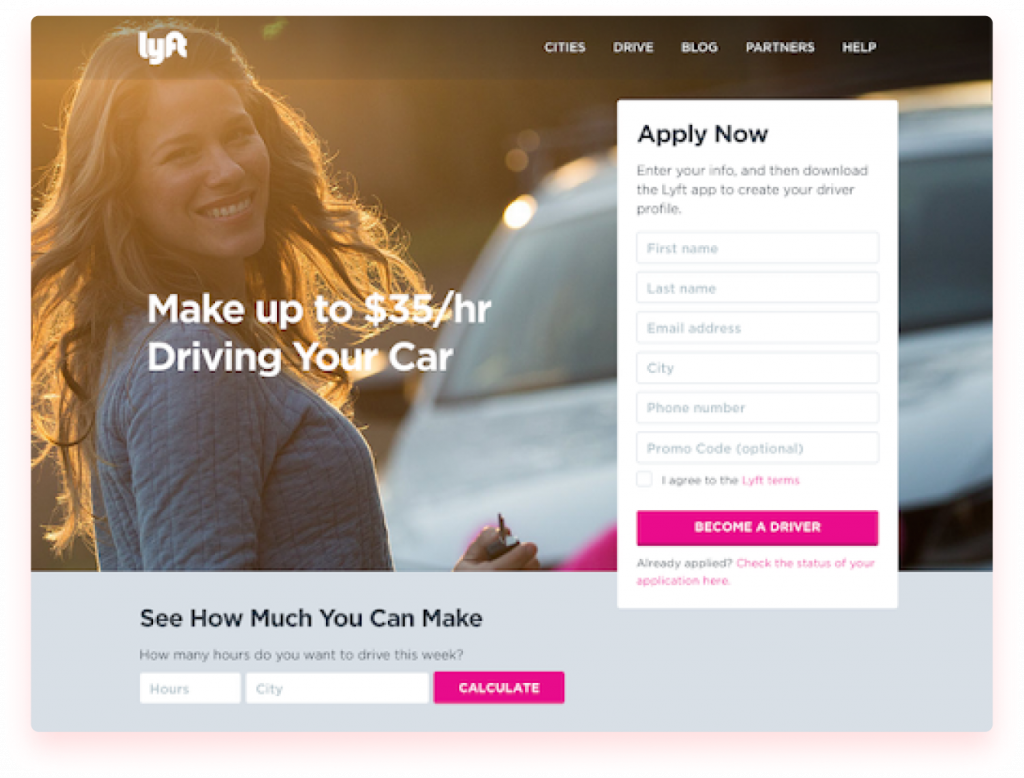
Lyft’s effective landing page has the following vital features:
- A headline that grabs attention “Make up to $35/hr. Driving Your Car”
- Crisp and concise CTAs like “Apply Now” and “BECOME A DRIVER” are featured at the bottom
- Opt-in form
- Promised value-you can calculate how much you can make before you apply
You can add a thank you page and an anti-spam policy for your landing pages. And you can use some platforms to build them, such as ClickFunnel, Leadpages, and many more.
And research says businesses “that create 30 or more landing pages get 7 times more leads than those that use fewer than 10,” via Khrisdigital.com.
When creating your landing pages, focus on improving pricing, case study, tutorials, features, and comparison pages.
Create content
‘It is often said that ‘Content is King’. Targeted content is the key to moving potential clients down the sales funnel. You can publicize your content on various channels like social media campaigns, blogs, landing pages, webinars, emails, videos, podcasts, ads, Facebook posts, etc.
“95% of buyers choose a vendor who provides them with sufficient content which helps them navigate each stage of the buying process,” says Khrisdigital.com.
Generate traffic
You need to generate lots of traffic to get in front of the right people. Digital advertising, social media campaigns, SEO, and email marketing can build your traffic.
Upsell
Sumo.com says upselling can lead to a skyrocketing revenue of 10-30% on average. You can persuade existing customers to purchase other products as they check out. It triples your top-line sales and bottom-line profits. You can do this through a free trial, a discounted price, or a product demo.
Keep the communications lines open
Once you make a sale, you should continue regular interactions in the form of product/service feedback or updates. It helps with customer retention and facilitates cross-selling.
Some leads may take longer to close than others. They require constant engagement via follow-up calls and drip campaigns.
Here are key points to remember about your sales funnel.
- The higher people are in your sales funnel, the less likely they’ll buy from you.
- The lower people are in your sales funnel, the more likely they’ll purchase from you.
- That’s why the sales funnel is wider at the top and narrow at the bottom.
- It means a small percentage of people who enter your sales funnel will end up buying your product or service.
- The more people you’ve inside the sales funnel, the more likely you’ll convert customers. Hence it would be helpful to have a few additional prospects in your kitty to maintain a complete sales funnel at all times.
Use the following additional list-building activities to rock your sales funnel.
Newsletter opt-in inbox: Your website needs to have an opt-in box to collect people’s addresses and names. It allows you to send them newsletters.
Nudge them to sign up by offering them a reason to do so. Use a checklist, tip sheets, audio download, or a free report.
Consider audio & video production: Use a short video to welcome customers to your website. Podcasts can also be powerful.
Offer an affiliate program: You can encourage your clients to spread the word about your products/service or even sell them at a commission.
The last crucial point about sales funnels is that they’re different in execution. Your sales funnel methods may not be the same as other companies. That’s because building a sales funnel depends on:
Business type
The businesses type affects how you customize the specific steps to move people down the sales funnel. As a result, you may have a sales funnel for e-commerce, professional services, and brick & mortar businesses.
Pricing
Typically, the more expensive your products are, the fewer steps you need to convince people to buy your products. And the higher the price of your products, the more value you should create to persuade people to purchase them.
The value can be in terms of high-quality or high-quantity. You need to decide on the appropriate value to motivate potential customers to do business with you.
The sales cycle
Your sales cycle and average lead conversion time greatly influence your sales funnel. Simplify the process by ideating a prompt lead engagement system that shortens your sales cycle. Provide concise and precise content to accelerate your lead to deal conversion time.
Your sales funnel is up and running. But you should measure its results to see if you’re hitting your revenue targets.
How to measure your sales funnel results?
You can track the progress of your sales funnel by measuring the conversion rate. It calculates the percentage of leads that you’ve converted into customers.
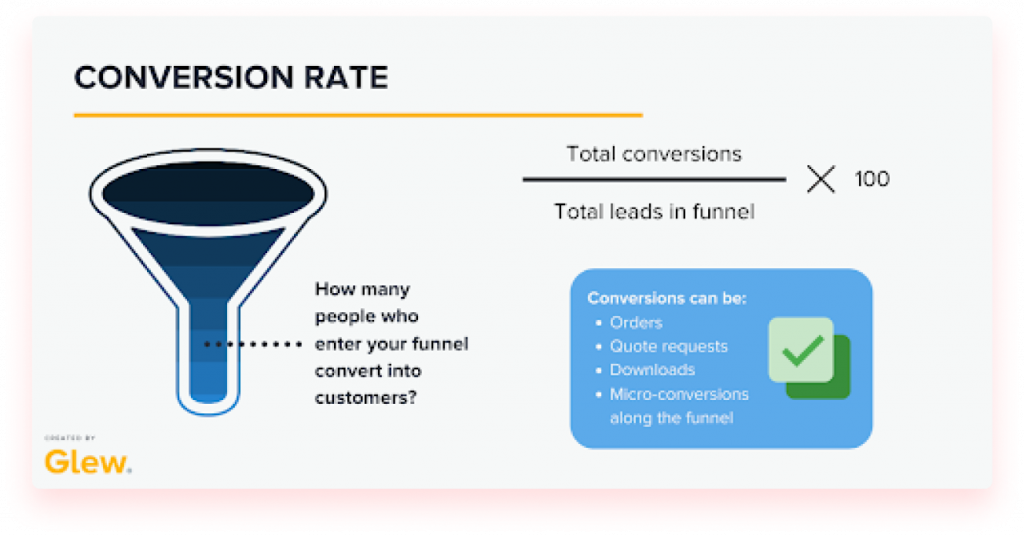
Your conversion rate could be for email sign-ups or subscriptions, downloads, an event registration, such as a webinar, or any desired goal.
Why is the conversion rate critical? It helps you develop strategies to convert your prospects into customers. For example, you can boost your conversion rate with the following sales techniques:
- Create an easy buying process by removing bottlenecks from your payment procedure
- Develop an onboarding system to follow up on your buyers via emails
- Ask for customer feedback
- Engage with customers on social media to build relationships
- Ask for referrals from satisfied customers
Wrapping Up
A sales funnel is a predictable system to increase your sales. Without a well-defined sales process, you lack a clear and strategic way to grow and scale your business. Maintaining a steady inflow of leads in your pipeline increases your odds of success. Your sales funnel isn’t static. You need to tweak it periodically and measure its efficacy.
